Efforts to conserve rare sea turtles
Nui Chua World Biosphere Reserve (Ninh Hai) is the only place on the mainland and the second area in Vietnam (after Con Dao National Park) where sea turtle populations including green turtles, hawksbill turtles, and hawksbill turtles come to live and forage. These are all endangered species listed in the Vietnam Red Book and the World Red List (IUCN). Every year, green turtles often come to the beaches of Nui Chua National Park to breed, often concentrated in the areas: Bai Hom - Suoi Sau - Go Bu (main breeding grounds), Bai Ngang - Bai Thit - Bai Mong Tay; beaches located in and around the marine reserve. Areas where sea turtles come to dig nests to lay eggs are always strictly protected.
In order to protect sea turtles on the breeding grounds, since 2000, the Management Board of Nui Chua National Park has established two sea turtle protection stations at Bai Thit - Bai Ngang and Bai Hom with 12 local volunteers; by 2014, the community volunteer team had increased to 22 people working in three groups: Bai Thit sea turtle conservation and rescue volunteer team, Thai An coral reef and seagrass protection volunteer team, and My Hoa seagrass protection volunteer team. In particular, from 2016 to present, the Management Board of Nui Chua National Park has also cooperated with domestic and foreign organizations to implement a sea turtle conservation program for volunteers nationwide to participate in with the goal of both doing sea turtle conservation and rescue work, and combining English and computer education with environmental and wildlife protection education ... Plans and solutions to effectively and sustainably protect sea turtle populations and their habitats, along with other endangered and rare aquatic species here, are always implemented synchronously, creating good spreading power.
Nui Chua National Park staff and volunteers rescue distressed sea turtles.
Mr. Tran Van Khang, Deputy Director of Nui Chua National Park, said: Every year, the unit develops plans to organize patrols, protect sea turtles on nesting grounds, rescue and release baby turtles back to the sea; plans to receive, care for, rescue, domesticate and release sea turtles back to the wild. In addition to maintaining strictly protected areas for sea turtles at nesting grounds in the area; building turtle conservation stations, establishing volunteer teams to participate in sea turtle protection, we strengthen coordination with organizations and scientific research agencies to focus on improving knowledge and skills in conservation, rescue and treatment of sea turtles for staff and volunteers. Strengthen propaganda so that local fishermen, when encountering turtles on nesting grounds or going to sea and seeing turtles in distress, immediately report to the rescue force; Building a network of inland sea areas in Vietnam to receive living turtles, bring them to the Marine Conservation Area of Nui Chua National Park for rescue, treatment, training, and ensuring adequate conditions for the turtles to survive on their own before releasing them back into the wild. Thanks to that, the number of turtles coming here to lay eggs has increased day by day and the egg clutches have a high hatching rate.
From April to November every year is the breeding season of sea turtles. They often come ashore and lay eggs at night. To lay eggs, the mother turtle must perform the following steps: finding a beach (with suitable humidity), digging a nest, laying eggs and covering the nest to erase traces. This process takes 1-2 hours, after which the mother turtle leaves and does not return. In cases where the sandy beach is not humid enough, the mother turtle takes longer to dig a nest, some return to the sea and only come back to dig again the next day. During a breeding season, sea turtles usually lay 2-5 clutches of eggs (depending on the species), each clutch has 50-200 eggs. The time it takes for the eggs to hatch into baby turtles is from 47 to over 50 days, depending entirely on the environmental temperature.
With nearly 20 years of experience in volunteering for sea turtle conservation, Mr. Nguyen Ty, a volunteer for sea turtle conservation in Thai An village, Vinh Hai commune, shared: During the turtle egg-laying season, team members will take turns every night to observe mother turtles coming ashore. Then, waiting for the turtles to return to the sea after laying eggs, they will count each egg and mark the nest. These nests will be protected 24/7 to prevent theft until the eggs hatch into baby turtles and return to the sea. In particular, for baby turtles that are too weak to rise above the sand, rescue support members will release them safely back to the sea.
Every year, Nui Chua National Park records 10-15 mother turtles coming to lay eggs, the number of baby turtles released into the sea is 1,200-1,800. The turtle laying area is over 2km long, with the participation of local volunteers and community volunteers who have contributed to tracking down traces, supporting sea turtles to safely come ashore to lay eggs, increasing rescue efficiency and the rate of releasing baby turtles into the sea.
Spreading sea turtle conservation work to the community
Every year, Nui Chua National Park opens training courses on techniques and sea turtle conservation for hundreds of volunteers, students and young people nationwide. Over the years, thousands of volunteers from all over the country have participated in the sea turtle conservation program at Nui Chua National Park. Through effective propaganda and raising awareness in the community, more and more young people have registered to become sea turtle conservation volunteers, contributing to the process of nature protection.
As one of the volunteers participating in the sea turtle conservation program in 2024, Le Nguyen Truc Linh (22 years old, in Ho Chi Minh City) excitedly said: I had a week of experience as a "midwife" for sea turtles at the Sea Turtle Conservation Area of Nui Chua National Park.
Here, our group was guided by experienced local volunteers. The volunteer group's nightly work is to be on duty from 11pm to 3am the next morning at the beaches to find nests for laying turtles, then bring the eggs to the gathering area and incubate them until they hatch. To become official "midwives", the volunteer group must go through a period of time equipped with knowledge about sea turtles, rescue work, as well as the turtle birthing process through training sessions. Turtles coming ashore to lay eggs often tend to dig fake nests to create a "shield" to protect the eggs. Therefore, our group's first task is to distinguish between real and fake nests, then collect the eggs, bring them to the gathering area, dig nests and incubate the eggs to increase the hatching rate. After 45 days, the eggs hatch and the volunteers will help the baby turtles return to the sea.
Thanh Binh (21 years old, Ho Chi Minh City) shared: After implementing conservation work, the survival rate of baby turtles increased many times, from 1/3 to 3/4 compared to the initial number. After a week of experience, I feel that the activities here are very useful and hope that more people will know about them, contributing to the conservation of sea turtles in particular and endangered creatures in general.
In addition to night patrols, the volunteer group also participates in other conservation activities at Nui Chua National Park such as supporting local people to collect trash on beaches, turtle nesting grounds, cleaning up residential areas, planting mangrove forests, etc. With the joint efforts of organizations and the community, the sea turtle conservation volunteer program has been promoting practical values, contributing significantly to the conservation of sea turtles, environmental protection and maintaining ecological balance at Nui Chua National Park.
Mr. Thi
Source: https://baoninhthuan.com.vn/news/152439p1c30/tich-cuc-bao-ton-rua-bien.htm


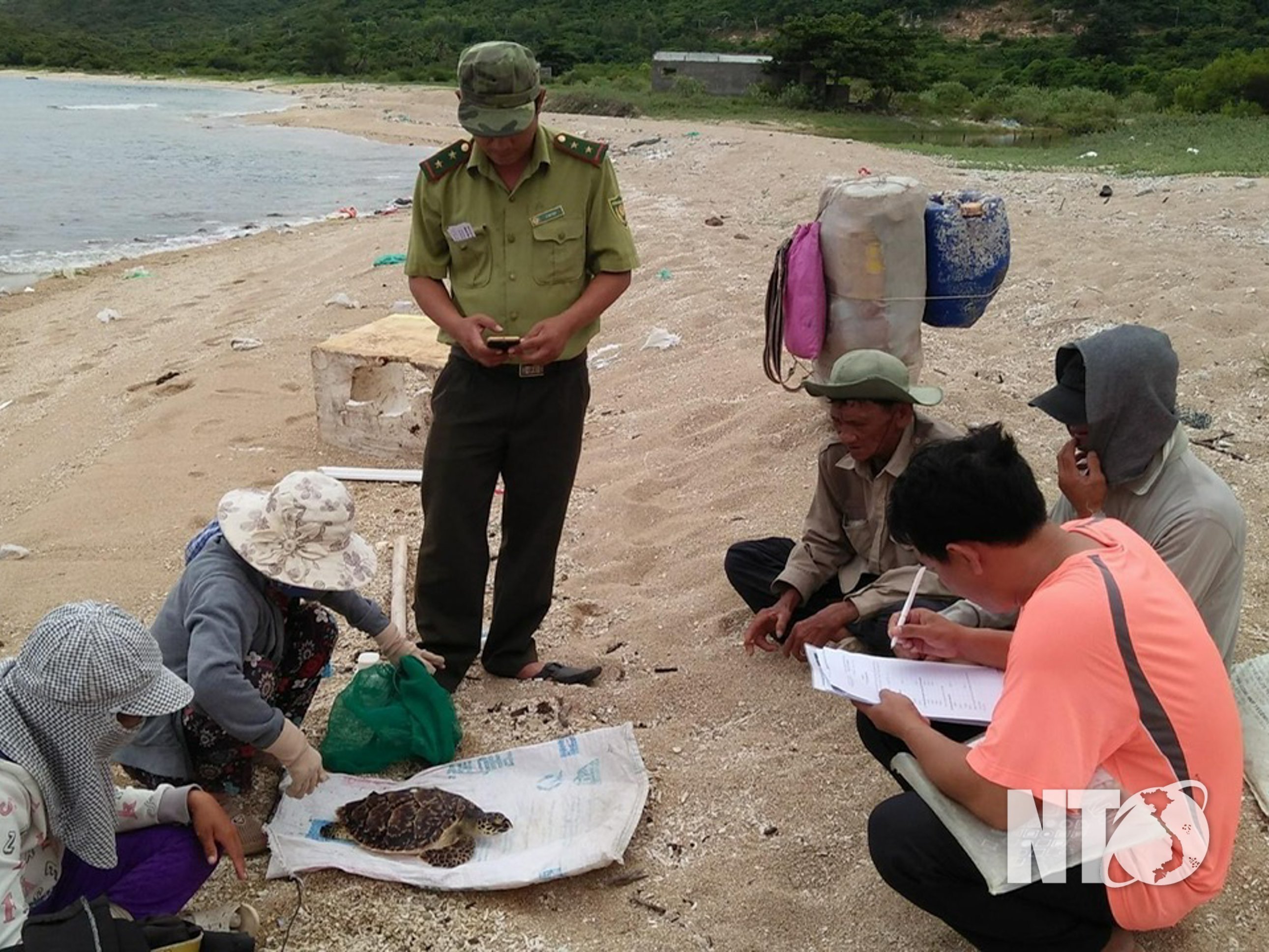


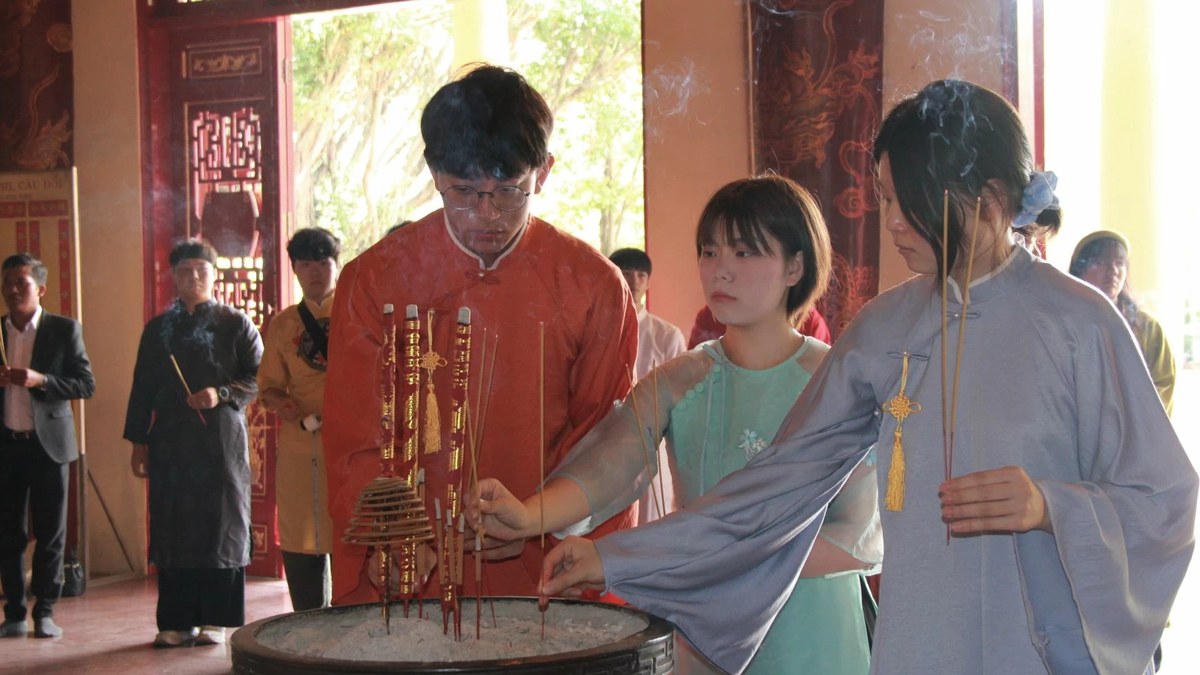


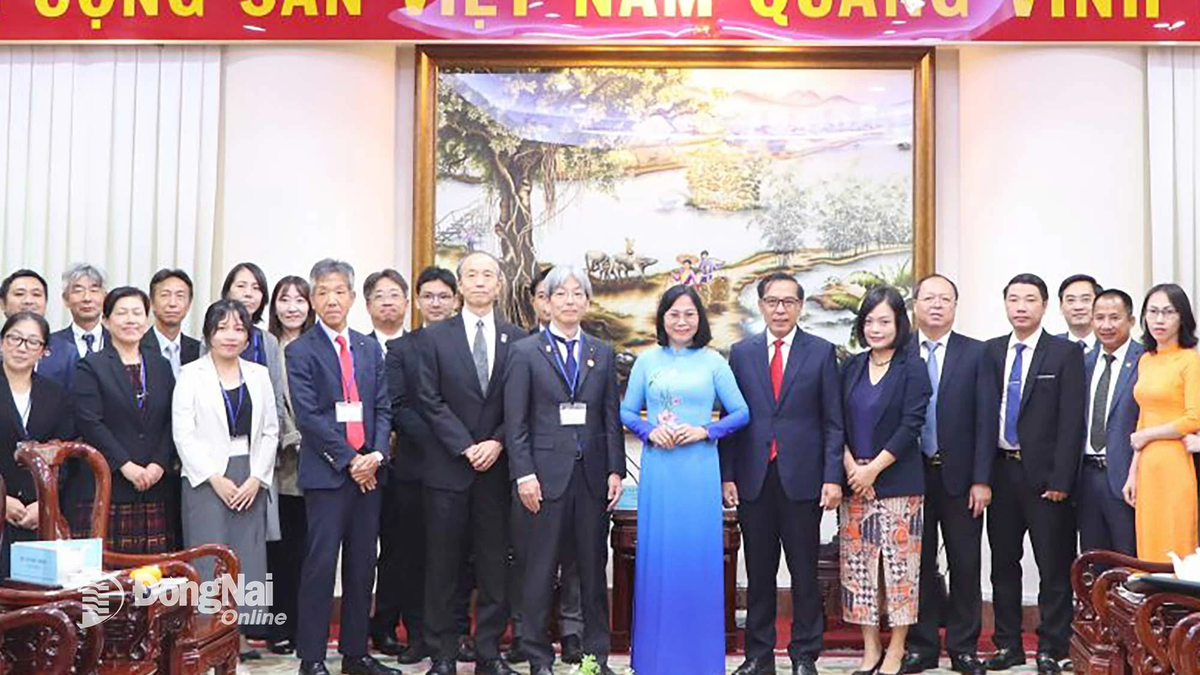
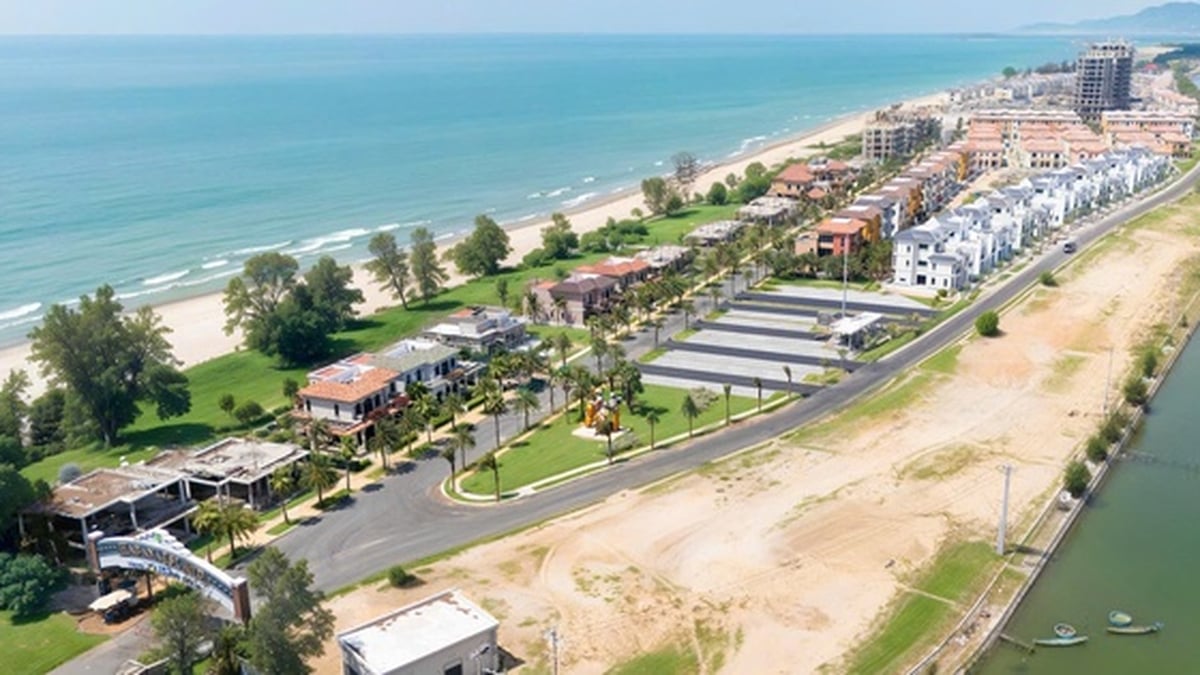
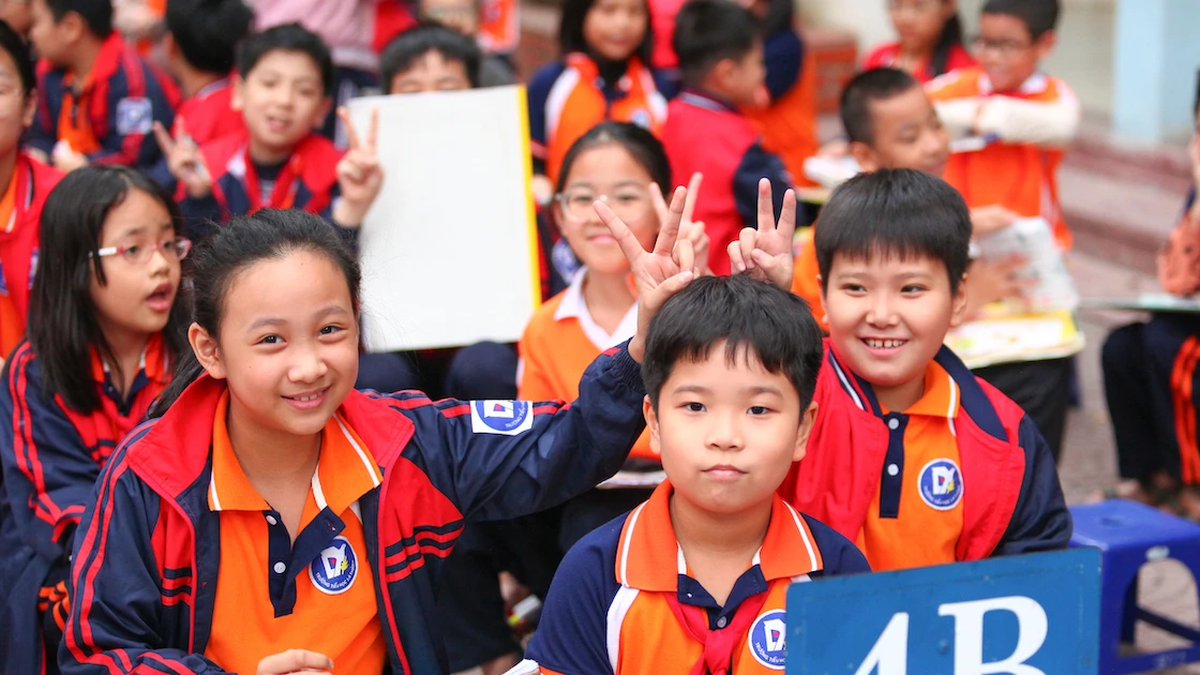











































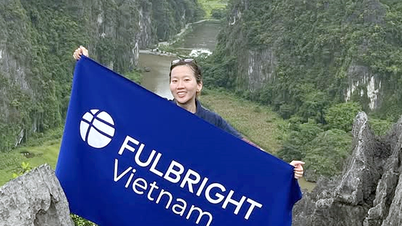









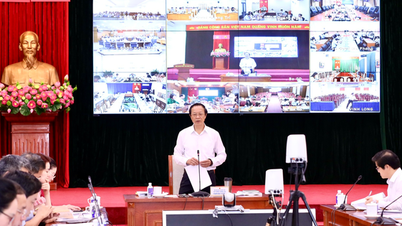
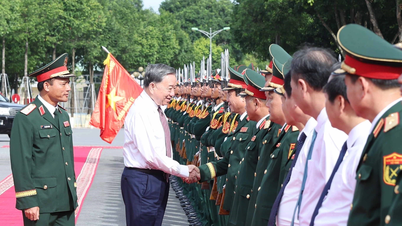
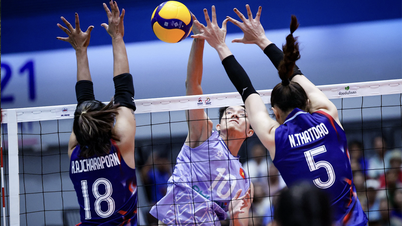



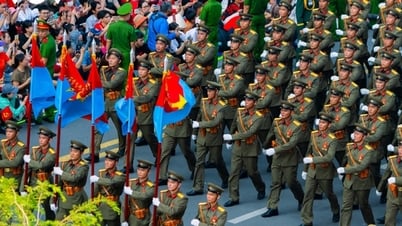

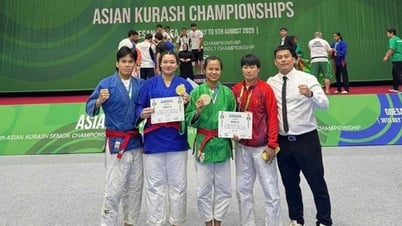
























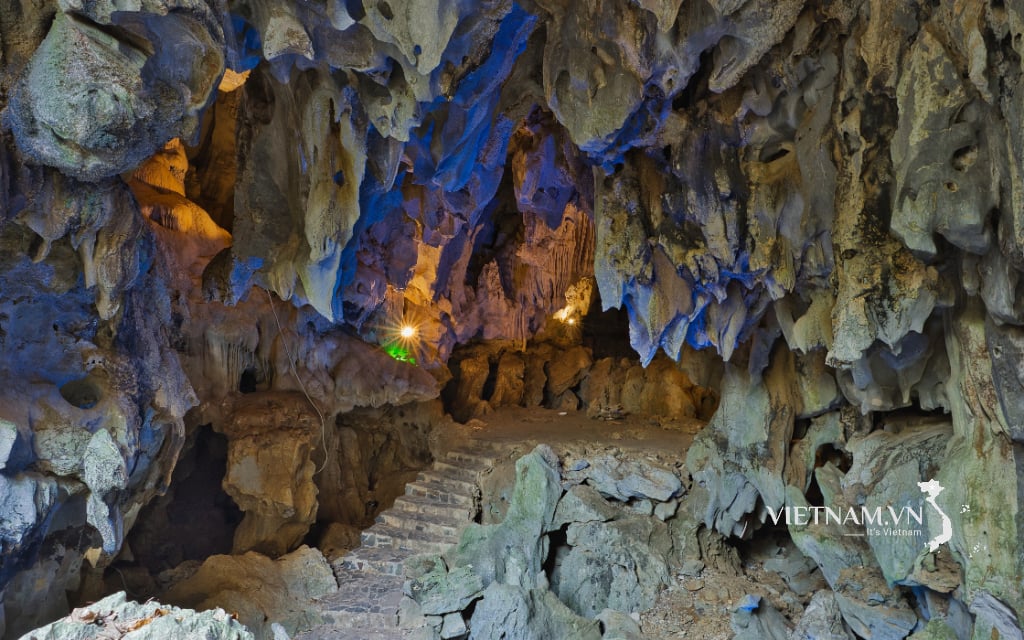

Comment (0)